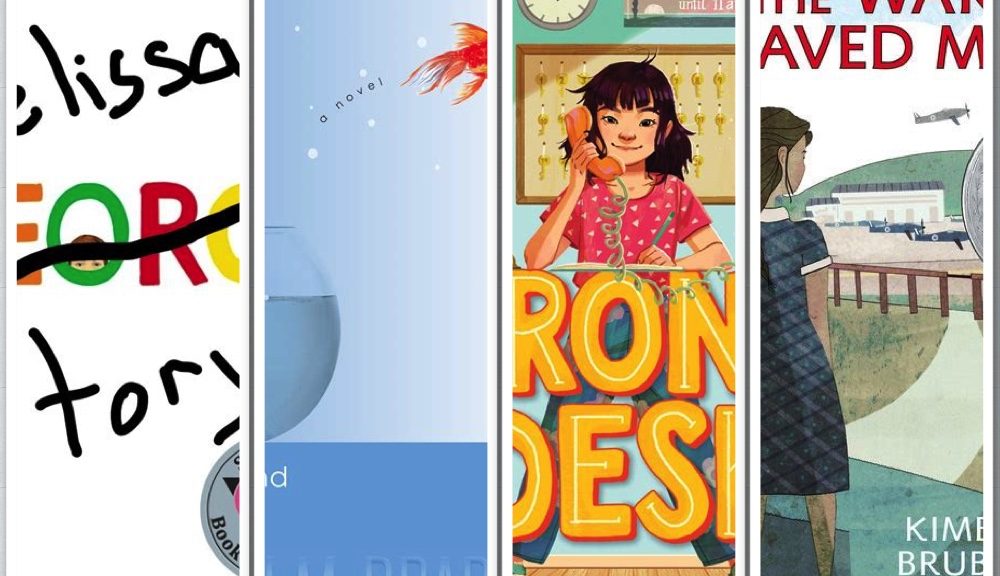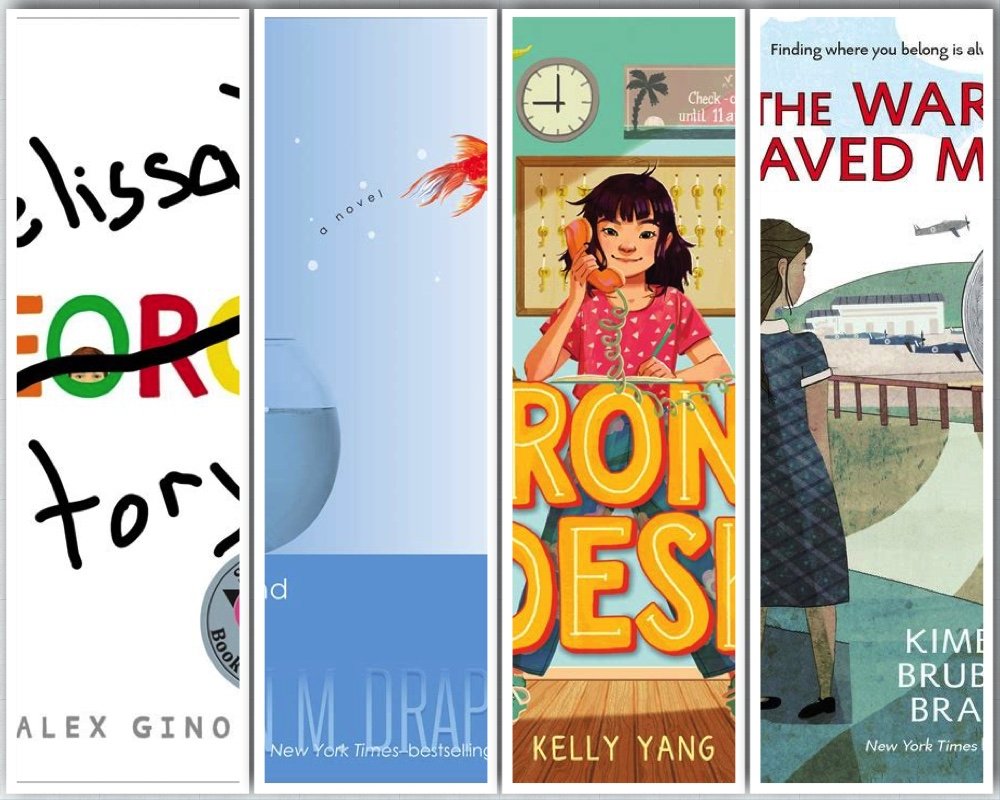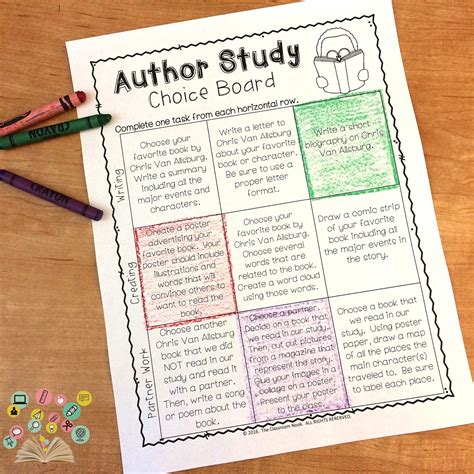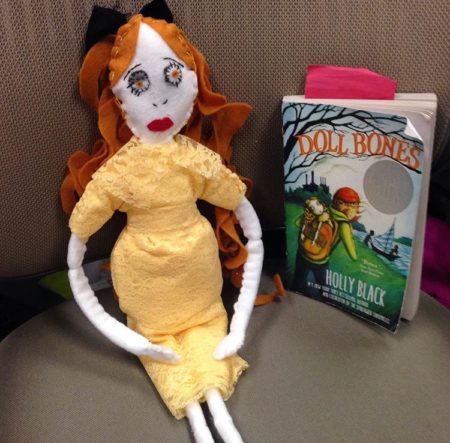
Weeks 6 & 7 (Make Cycle 3: Chapter Books)
Make Cycle 3: Sept 27-Oct 10
We are reading chapter books for the next couple of weeks, thinking carefully about the characters in these books, and considering how we might support students in author studies. I’ll also ask you to read Miller’s chapter 2 and imagine what you’ll need to do to grow as an educator who can support wild readers.

The chapter books we are reading are some of my favorite new(er) children’s books and I’m hoping you’ll enjoy them! All of them are award winning books, including Newbery winners (as a future teacher, you should just bookmark the Caldecott and Newbery page).
- Melissa’s Story (George) by Alex Gino (Stonewall Award ALA)
- Out of My Mind by Sharon Draper (2011 IRA Teachers’ Choice Book)
- Front Desk by Kelly Yang (2018 Nerdies Book Club Winner)
- The War That Saved My Life by Kimberly Brubaker Bradley (2016 Newbery Honor Medal Winner)
In a nutshell:
- Sept 29: respond to Miller, chapter 2 (see prompt below)
- Oct 3: close analysis of a character in your chapter book
- Oct 6: author study work
- Oct 10: Make 3 due
Week 6: Sept 27-Oct 3
By Wednesday, Sept 29
- Read Donalyn Miller’s Reading in the Wild Chapter 2

- Respond to Prompt: What are take aways for you from Miller’s second chapter? Point to specific places in the chapter that you find interesting, puzzling, eye opening. Consider: what will you need to do in your professional life to be able to create “preview stacks” for students like Miller discusses on page 73? How close are you to being the kind of elementary teacher who can recommend so many different kinds of books? How will you grow no matter where you’re starting from? What advice does she offer in this chapter that you would consider trying out now?
I would expect you to write 3-4 meaty paragraphs in response to chapter 2.
Post in Currents Week 6: Miller Ch. 2 Discussion.
By Sunday, Oct 3
- Read at least half of your chapter book.
- Respond to Prompt: Do a close analysis of one of the characters from your chapter book:
- What are his/her/their physical characteristics?
- How does he/she/they interact with other characters?
- How does he/she/they interact with the world around him/her?
- What are this character’s behavioral traits?
- Choose a sentence or two that is significant for this character. What do we learn about this character from the passage you’ve selected? What do we know about children/childhood from this character?
Post in Currents Week 6: Chapter Book Discussion
Week 7: Oct 4-Oct 10
By Wednesday, Oct 6
 To Do: 1) Read through this resource (<–link) about how and why you might consider doing an author study. Then, 2) do some research on your chapter book author (Gino, Draper, Yang, or Bradley). Do they have a website? Interviews you can read or watch? Google them and see what you can discover.
To Do: 1) Read through this resource (<–link) about how and why you might consider doing an author study. Then, 2) do some research on your chapter book author (Gino, Draper, Yang, or Bradley). Do they have a website? Interviews you can read or watch? Google them and see what you can discover.
To Write: 1) Share with us what you learn about the author (and consider attaching a link we might find useful: a website, an interview, a link to a resource about their book(s)). Then, 2) share what might you be able to use from the author study resource plan from Reading Rockets? What interested you that you might consider for your own classroom?
Post in Currents Week 7: Author Study Discussion
By Sunday, Oct 10: Make 3 (Chapter Book Make)
Again, you have a lot of choice in how you decide to share your chapter book. The goal: share your book in a creative way with others so that perhaps they too can get excited about reading the book. Another goal: use the make as a way to think about the ideas/themes/characters in the books we are reading. Try out making something that you might ask your future students to make.
You can create a piece of art, a book trailer or short film, write a song, write fanfiction, create a game, create a lesson plan or class activity…lots of possible ways to share. You can upload an image of your artifact, share a link, share a video, etc. And again, no word search or crossword puzzles as makes. Your last two makes have been fabulous, so not too worried about this.
 As always, once you create your “make,” you will also write a brief artist’s/writer’s statement explaining what you were attempting to do with this make: how did you approach this artifact? what worked? what did not work out as planned? And always respond to a peer’s post. 😉
As always, once you create your “make,” you will also write a brief artist’s/writer’s statement explaining what you were attempting to do with this make: how did you approach this artifact? what worked? what did not work out as planned? And always respond to a peer’s post. 😉
Post in Currents Week 7: Chapter Book Make